| | | | | | | Presented By University of Central Florida | | | | Axios Space | | By Miriam Kramer · May 31, 2022 | | Thanks for reading Axios Space. At 1,381 words, this newsletter is about a 5-minute read. - Please send your tips, questions and secret spy satellite images to miriam.kramer@axios.com, or if you received this as an email, just hit reply.
| | | | | | 1 big thing: To the Moon | 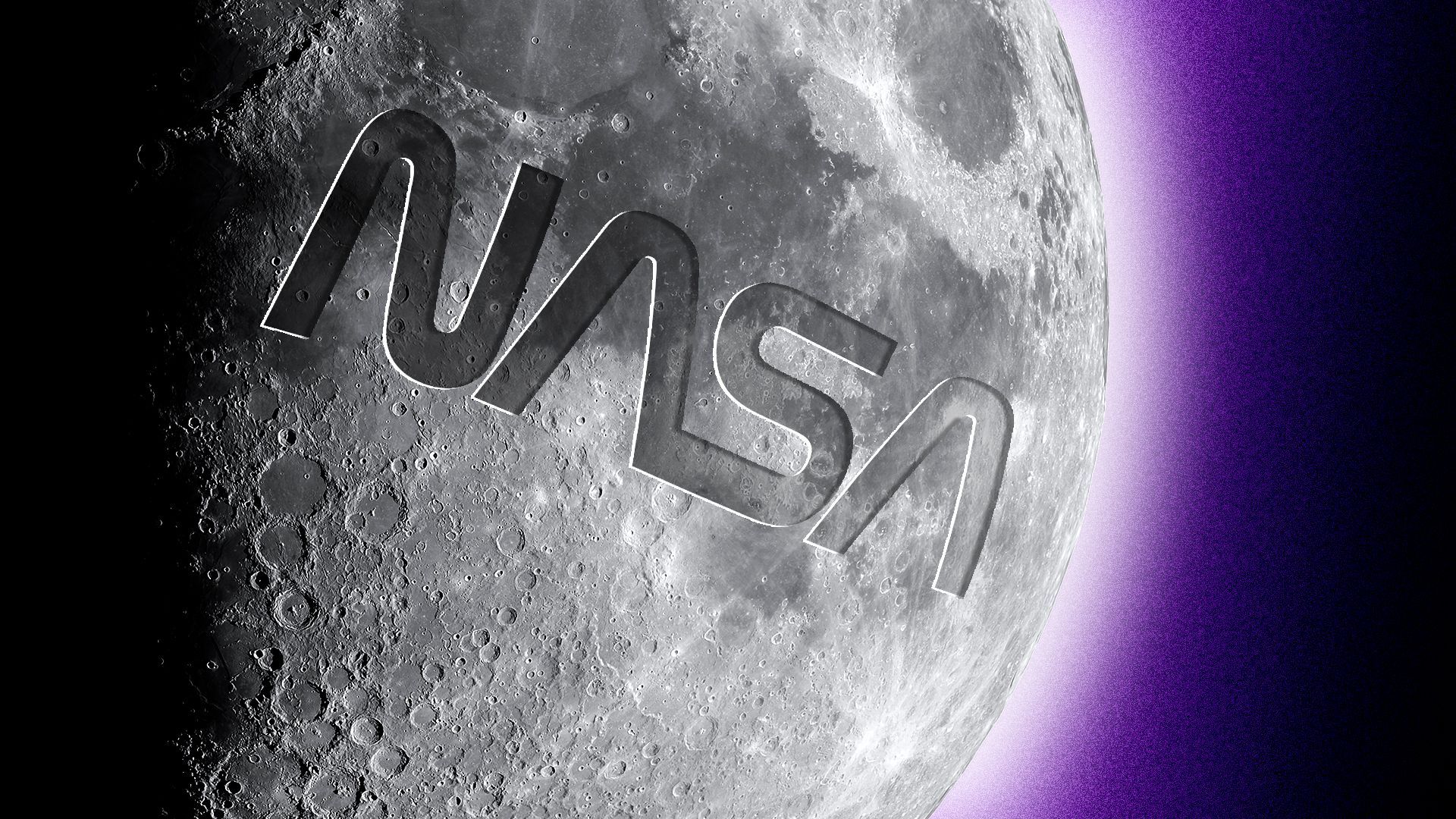 | | | Illustration: Annelise Capossela/Axios | | | | NASA's grand plans for the Moon will be tested with the launch of a tiny satellite next month. Why it matters: NASA wants to send astronauts back to the Moon for the first time since the 1970s as part of its Artemis program. But unlike Apollo, this program — expected to land people on the lunar surface in 2025 — isn't designed to be a series of one-off missions. - Instead, NASA wants to develop Artemis as a way to have a sustainable presence on the surface of Earth's nearest satellite, and next month's mission will be one of the first tests of how exactly that will work.
Driving the news: Among other tasks, the microwave-sized CAPSTONE satellite will effectively act as a pathfinder mission to test out a new type of orbit around the Moon for a future space station. - CAPSTONE is expected to launch no earlier than June 6 and spend about four months in transit to its position around the Moon.
- NASA mission managers hope to use CAPSTONE's unique orbit — called a near-rectilinear halo orbit — for the Gateway space station, but the path has never been tested before, so CAPSTONE is expected to learn more about its stability.
- "We need to verify that this orbit is stable to maintain the Gateway because we're going to have humans there, so you need to make sure that it is safe for those astronauts," NASA's Ali Luna Guarneros told me.
Between the lines: NASA is also using the spacecraft as a way to test what might be needed in order to safely operate a fleet of satellites orbiting the Moon in the future, as the space agency's footprint on and around the lunar body increases. - CAPSTONE is designed to prove out technology that would allow various probes to communicate with one another when orbiting the Moon.
- The satellite will use its CAPS system to autonomously navigate with the Lunar Reconnaissance Orbiter.
- "If you think of an airport where you have different airplanes coming in and out, CAPS will do the same thing for the Moon," Luna Guarneros said, stressing that decreasing human input like this will make it easier to have many spacecraft around the Moon at once.
The big picture: NASA's plans for the Moon are starting to take shape, with hardware — like CAPSTONE — actually heading to the launch pad and new contracts being awarded. - NASA is planning to perform a test of its Space Launch System Moon rocket and Orion capsule on a launch pad in Florida around June 19.
- This "wet dress rehearsal" will allow mission controllers to load the rocket with propellant and run through each step the system will need to go through before launch without actually taking flight.
- On Wednesday, NASA is planning to announce contracts for private companies tasked with building spacesuits designed for the Moon and use in orbit.
What to watch: The space agency will need to hit key milestones to reach its goal of a 2025 Moon landing. - First, an uncrewed Orion capsule will launch on a trip to orbit the Moon before coming back for a landing on Earth.
- Next, Artemis II is expected to take a crew around the Moon without landing.
- The Gateway is expected to launch in 2024, with the first crewed Moon landing scheduled for 2025.
|     | | | | | | 2. Exclusive: Near Space's newest launch |  | | | A Swifty 3 image. Photo: Near Space Labs | | | | Near Space Labs has launched its newest fleet of robots designed to dangle from weather balloons in the stratosphere and snap high-resolution images of Earth's surface, I write with my colleague Andrew Freedman. Why it matters: These detailed photos can be used to aid in disaster relief, monitor roadways, keep an eye on industrial operations, and watch over wildfires, deforestation and other environmental crises. Details: The newly updated imaging robots — called Swifty 3 — are able to take photos at 7- to 10-centimeter resolution, higher than many commercial satellites. The Swiftys can fit in the trunk of a car, making it relatively easy to deploy them to a launch site, according to the company. - "With high resolution, you're able to map debris on the ground easily and help with recovery," Near Space Labs CEO and co-founder Rema Matevosyan told Axios.
- The company is able to update imagery using its Swiftys five times a day over any given area, according to Matevosyan.
- Swiftys are also able to bring other instruments to the stratosphere like thermal or hyperspectral sensors, depending on customer interest, she added.
The big picture: The resolution of Near Space Labs' photos beats those of better-known commercial satellite companies and they're available to the public. - Most commercial images released to the public are about 30 centimeters in resolution and are strictly regulated by the government when it comes to how sharp their public photos can be.
- Because its imagers fly in the stratosphere, Near Space Labs is regulated by the FAA, rather than federal spy agencies.
|     | | | | | | 3. Big NRO bucks |  | | | Illustration: Sarah Grillo/Axios | | | | The National Reconnaissance Office announced last week it has awarded three commercial satellite companies — Maxar, BlackSky and Planet — contracts worth billions of dollars, I write with my colleague Jacob Knutson. Why it matters: Space operations are becoming increasingly more commercialized, and these intelligence agency contracts — which represent the NRO's largest commercial space purchase ever — mark a major moment in that trend. - The NRO, which operates spy satellites that take incredibly detailed images of Earth, said it will use the data it receives from the companies to support its "half-million intelligence, defense, and federal civil agency users over the next decade."
By the numbers: Maxar disclosed in a Securities and Exchange Commission filing last week that its 10-year NRO contract could be worth up to $3.24 billion. - BlackSky said in a filing that its contract is valued at a bit over $1 billion over 10 years.
- Planet did not reveal the potential amount of its contract, and it will report its first-quarter earnings on June 14.
- This moment "demonstrates the commitment and the confidence that the U.S. government has in commercial companies, like BlackSky," Brian O'Toole, CEO of BlackSky, told Axios.
The intrigue: By integrating both commercial data and NRO satellite-collected data, officials expect to get a more holistic view of what's happening on Earth at any given time. - "As you can see from the range of satellites operated by the three companies that won the award, they're getting potentially different kinds of data from those companies," the Secure World Foundation's Krystal Azelton told Axios.
Be smart: This isn't a sudden shift for the NRO. - The agency has been moving toward this more integrated approach for years, and it gives these companies guaranteed revenue for years to come.
- "The government is very much, I would assume, a core anchor, stability-providing partner for these companies," Azelton said. "It really not only fulfills a business model, but it ensures that they can continue to exist, as the ups and downs of the rest of the commercial market occur."
|     | | | | | | A message from University of Central Florida | | America's space university | | | 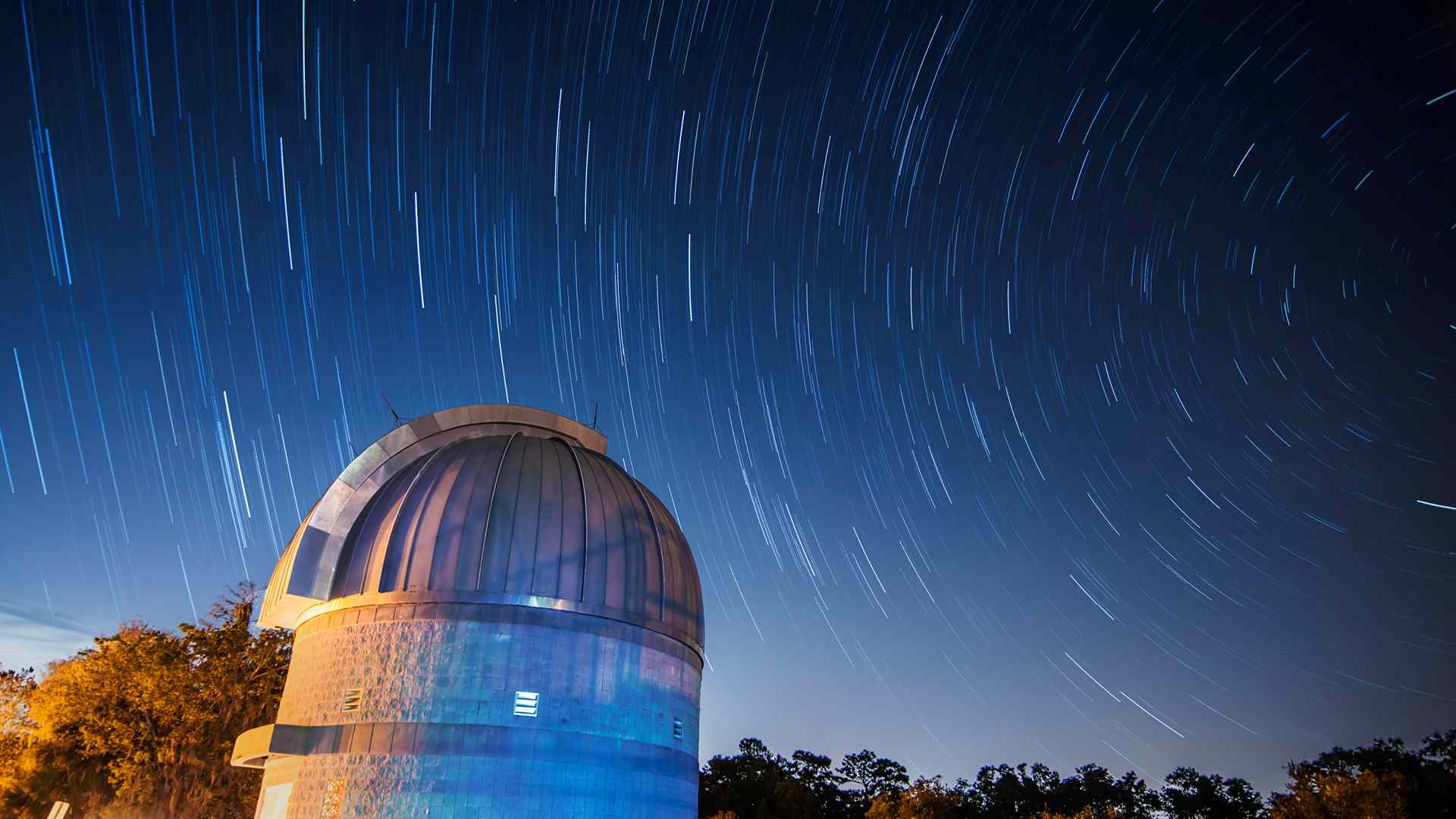 | | | | The University of Central Florida (UCF) helps discover and shape humankind's footprint in space. The impact: - UCF is involved in 674 NASA projects.
- 29% of Kennedy Space Center employees are UCF alumni.
- Eight UCF experiments have been sent to space since 2019.
Discover UCF's space discoveries. | | | | | | 4. Out of this world reading list | 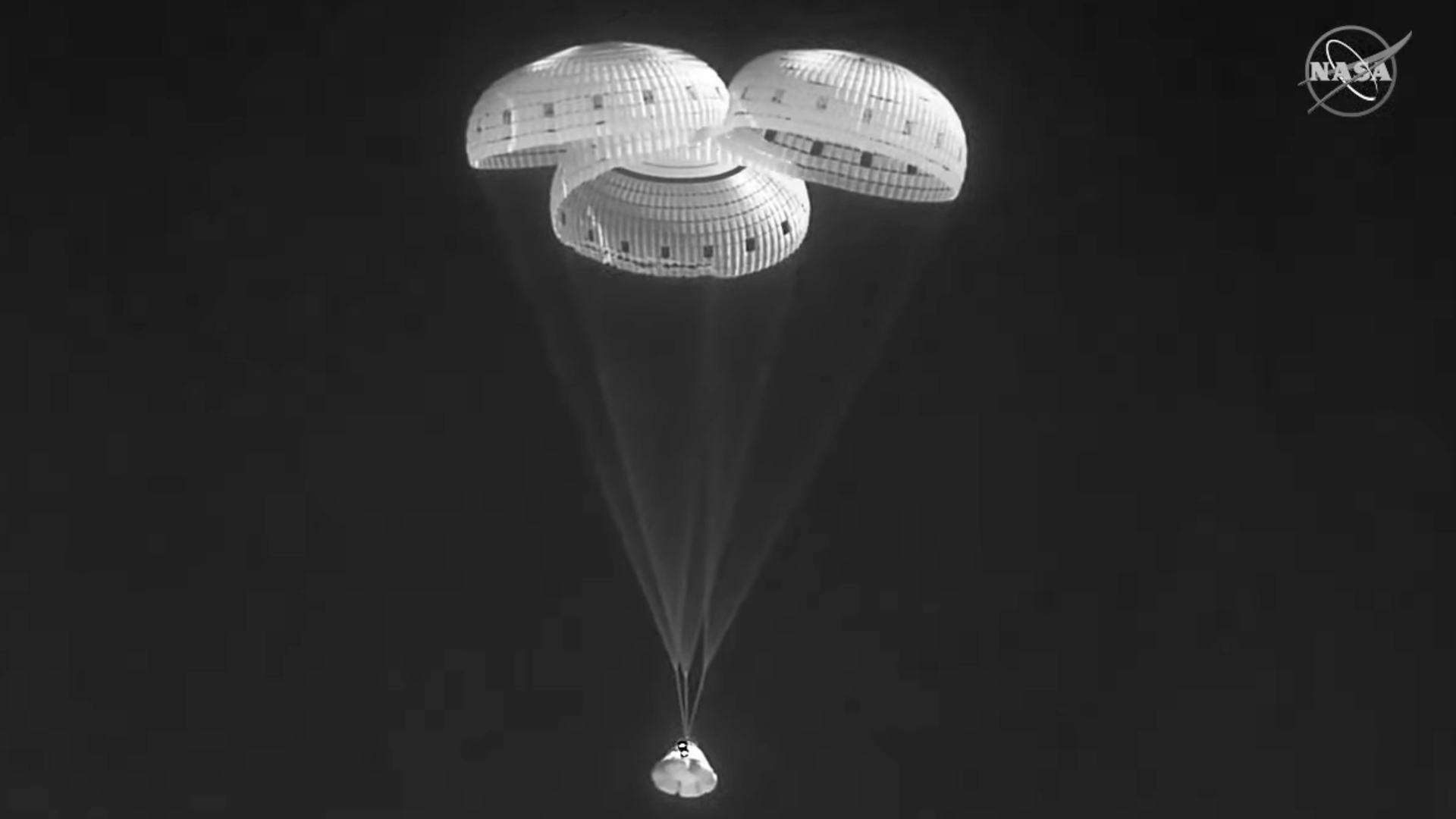 | | | Boeing's Starliner coming back to Earth. Photo: NASA TV | | | | Cockroaches and Apollo 11 moon dust they were fed up for auction (Robert Pearlman, CollectSpace) House committee questions proposed delay in NASA asteroid mission (Jeff Foust, SpaceNews) 4 big Milky Way mysteries the next Gaia mission data dump may solve (Tereza Pultarova, Space.com) Boeing capsule is back on Earth after successful test in space (Axios) |     | | | | | | 5. Weekly dose of awe: Ingenuity's farthest flight | 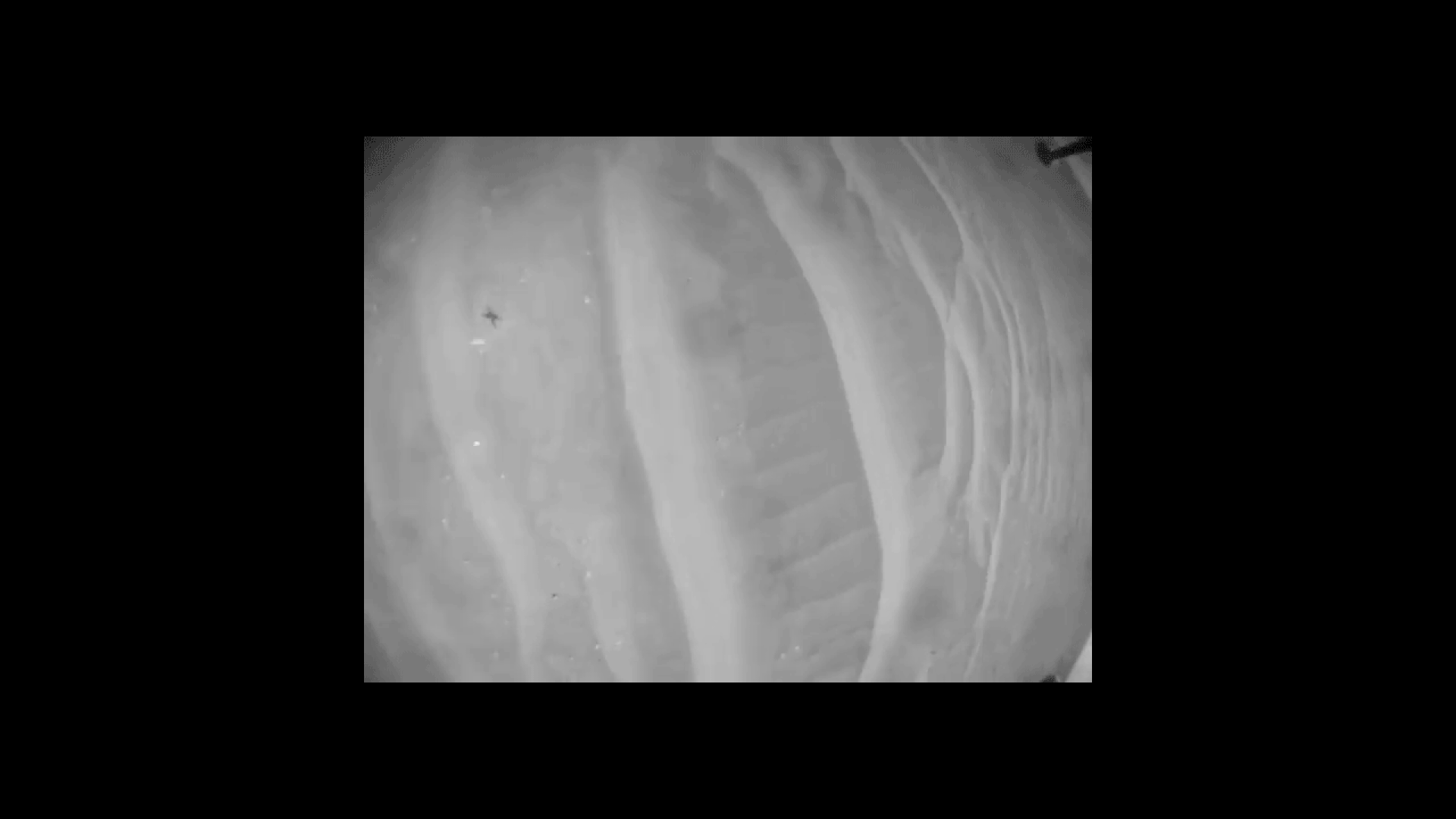 | | | Ingenuity's shadow flying across Mars. Gif: NASA/JPL-Caltech | | | | Seeing the surface of Mars from above would be quite an experience for anyone lucky enough to get the chance. - But for now, we'll all have to live vicariously through the little Ingenuity drone on the Red Planet. The small helicopter has sent back a video of its longest and farthest flight yet — taken in April — and it looks like quite a trip.
- The 35-second video — which is about five times the speed of the actual flight — shows off sand "ripples," rocky fields and a flat landing spot for the little helicopter, according to a NASA press release. (My favorite part is Ingenuity's tiny shadow flying across the surface.)
The intrigue: Ingenuity was out of contact with the Perseverance rover — which acts as a relay between the helicopter and mission controllers — but recently got back in touch. - "Now that the rotorcraft is back in contact and getting adequate energy from its solar array to charge its six lithium-ion batteries, the team is looking forward to its next flight on Mars," NASA wrote.
|     | | | | | | A message from University of Central Florida | | The return to the Moon | | | 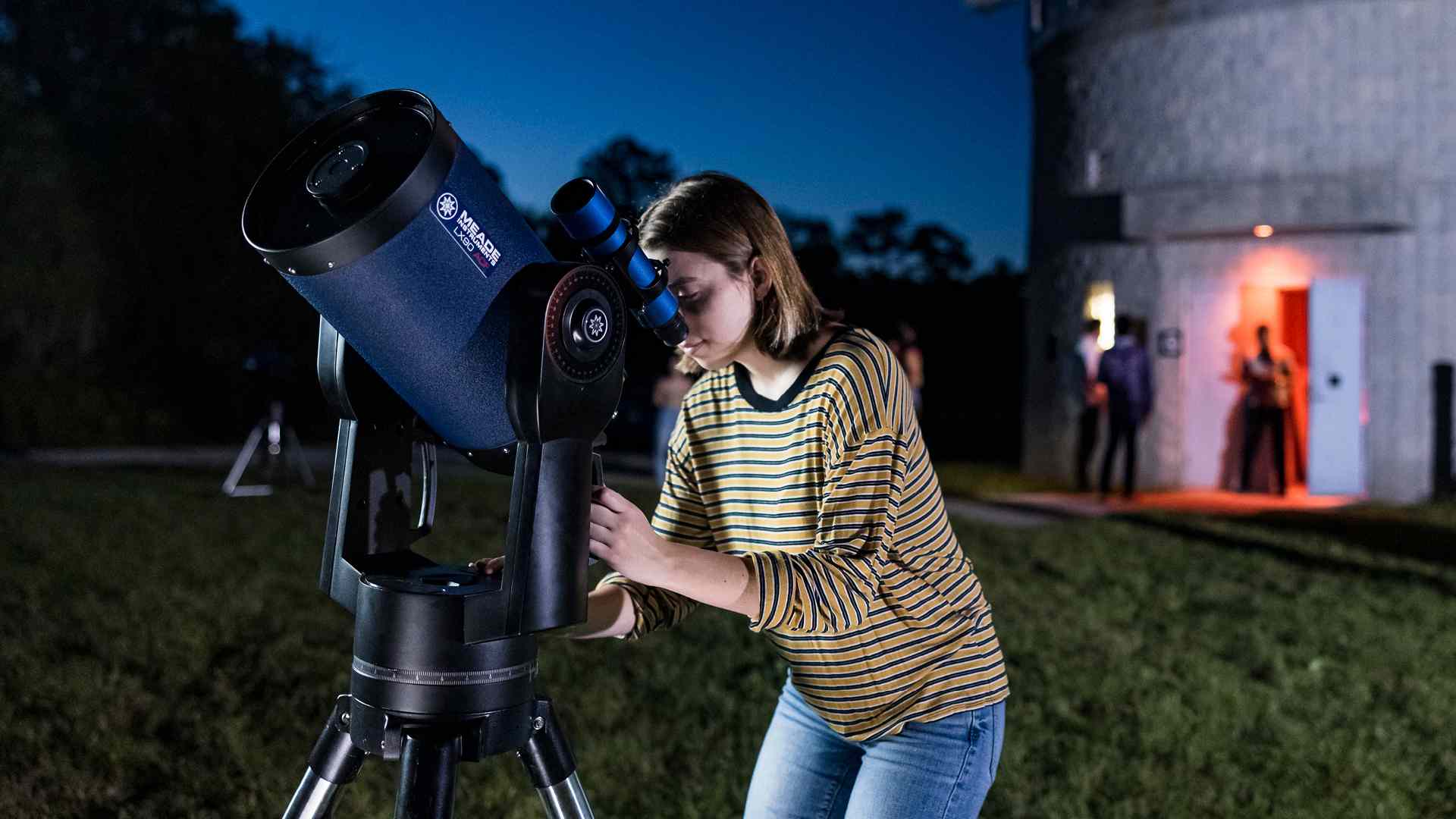 | | | | The University of Central Florida has more than a dozen research projects aimed at returning the U.S. to the Moon. The deets: The projects help the future of launching and landing spacecraft, mining fuel, and protecting astronauts and their equipment from lunar dust. Explore UCF space research. | | | | Big thanks to Alison Snyder and Sheryl Miller for editing this week's edition and to Jacob and Andrew for writing with me. If this newsletter was forwarded to you, subscribe. 📸 |  | It's called Smart Brevity®. Over 200 orgs use it — in a tool called Axios HQ — to drive productivity with clearer workplace communications. | | | | | | Axios thanks our partners for supporting our newsletters. If you're interested in advertising, learn more here.
Sponsorship has no influence on editorial content. Axios, 3100 Clarendon Blvd, Suite 1300, Arlington VA 22201 | | | You received this email because you signed up for newsletters from Axios.
Change your preferences or unsubscribe here. | | | Was this email forwarded to you?
Sign up now to get Axios in your inbox. | | | | Follow Axios on social media:    | | | | | |
No comments